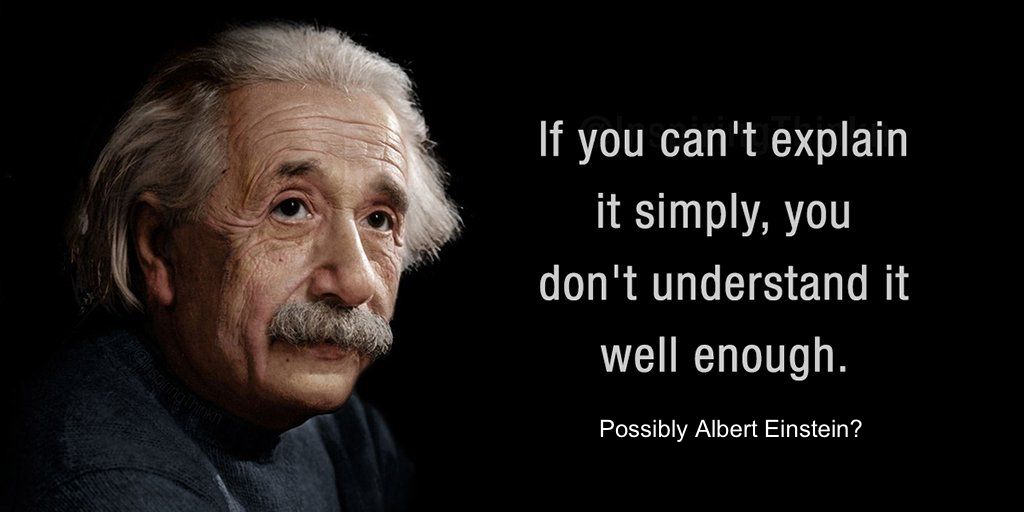How The Feynman Technique Can Help You To Learn Faster
How well do you actually know what you're learning? Well if you have a deep understanding of anything you can probably explain it to someone else pretty well. The Feynman technique is a teaching and communication tool designed to convey information using concise thoughts and simple language.
"We want to talk right down to earth in a language that everybody here can easily understand." - Malcom X from his famous Grass Roots speech
Whether you are studying for an exam or pitching a startup to an investor you need to be able to explain complex ideas in a way that anyone can understand regardless of their background or technical knowledge. If you can't or you need to rely on overly technical language you probably don't know the topic well enough and you need to consolidate your learning.
I first came across The Feynman Technique when working as a surgeon. I regularly needed to consent people for operations which involved explaining risks and complications as well as how and why the procedure would be carried out which meant that I needed to understand the information and concepts well enough to explain in simple terms and answers any deeper questions. The act of explaining things in simple terms helped me to learn things more quickly.
-4.png)
Who Was Richard Feynman?
Richard Feynman was a Nobel-prize winning physicist who pioneered the field of quantum computing, his Feynman Diagram helped bring much-needed visual clarification to the behavior of subatomic particles, he introduced the world to the concept of nanotechnology and won the Nobel Prize in Physics.
However, one of his greatest characteristics was his ability to transmit the knowledge he had to others in a way they could grasp. Feynman was called The Great Explainer. He was a passionate and incredibly talented teacher, able to synthesise and explain complex scientific knowledge to his students. Bill Gates called him “the greatest teacher I never had.” Someone who did have the opportunity to interact directly with The Great Explainer is Albert Einstein, who attended a lecture Feynman gave as a graduate student. It's also apropos that the following quote (whether accurately or not) is often attributed to Albert Einstein:
“If you can’t explain it simply, you don’t understand it well enough.”

In James Gleick’s biography of Feynman, Genius: The Life and Science of Richard Feynman, he recalled his subject’s technique.
“He opened a fresh notebook. On the title page he wrote: NOTEBOOK OF THINGS I DON’T KNOW ABOUT. For the first but not last time he reorganized his knowledge. He worked for weeks at disassembling each branch of physics, oiling the parts, and putting them back together, looking all the while for the raw edges and inconsistencies. He tried to find the essential kernels of each subject,” Gleick wrote.
You can use this model to quickly learn new concepts, shore up knowledge gaps you have (known as targeted learning), recall ideas you don’t want to forget, or to study more efficiently. Taking that concept further, you can use this technique to grapple with tough subject matter, which is one of the great barriers to learning.
What is the Feynman Technique?
The Feynman Technique is a 4-step process for understanding any topic or concept quickly and effectively. The steps help you to learn more quickly by understanding then simplifying any topic. The technique is encapsulated by the concept that in order to really understand something well, you must be able to explain it to a child.

The steps in the Feynman learning technique can be summarized as follows:
- Identify the Topic
- Pretend to Explain it to a Child
- Fill in Any Knowledge Gaps
- Simplify & Refine Your Explanation

In Feynman's own words:
“Without using the new word which you have just learned, try to rephrase what you have just learned in your own language.” - Richard Feynman, Physicist.
Now, let’s go a bit deeper into the Feynman method of learning and explore each of the steps involved.
How to Use the Feynman Technique
Step 1: Identify the Topic
The first step in the Feynman learning process is to think of a subject you’d like to learn or a topic you think you’d like to test yourself for understanding. Write down the topic as a title and then everything you know about the topic. Each time you run into new sources of information, add them to the note. In practical terms this could be a sheet of paper, word document or electronic note apps like Evernote, Notion or Notability. In a later video I'll go into how I take notes and why I didn't take notes in med school so be sure to hit subscribe to be notified when those videos land.
Step 2: Pretend to explain it to a child
The next step in Feynman’s system on how to learn things quickly is to teach the concept in your own words as if you were teaching it to a child. You can either explain the concept to a friend or just write out a simple explanation and try teaching someone else.
Try and use plain, language without jargon or technical terms. Just like you would do if you were explaining something to a child simplify your wording, remove unnecessary complexity and use your own words. Children also have short attention spans so keep things brief and concise.
When I was practising pitching my startup to investors I would try out the basic elevator pitch on my 95 year-old grandmother who was very sharp and would call me out if I said anything that wasn't clear. So if a child or your grandma can't understand you need to fill in any knowledge gaps in step 3.
Step 3: Fill in Any Knowledge Gaps
The third step in the Feynman Technique is to go over the explanation you just gave. This is the point where the real learning happens. What are you missing? What don’t you know? Where does your knowledge feel shaky?
If you're not sure about something or not able to fully explain it go back to the source material such as your lecture notes or hit google and dive into any concepts which you don't know well enough. You can then add these to your note and build out a robust set of links and sources you can come back to in the future should you need them. This testing step uses active recall which you can learn more about in my earlier videos.
-4.png)
Step 4: Simplify & Refine Your Explanation
The final step is to refine down your explanation to the essentials. Use analogies and simple sentences to strengthen your understanding of the concept and try and turn it into a story or something that is relatable to the learner if you can. Challenge yourself to re-write anything that isn't easy to understand or clear and concise.
A great example of this is Feynman's own explanation of the complex concepts of atomic principles:
“All things are made of atoms — little particles that move around in perpetual motion, attracting each other when they are a little distance apart, but repelling upon being squeezed into one another.”
By constructing your explanation in this way it will help you to remember the concept and have a much better understanding since you have put it into your own words and have also read around the topic when doing so.
So now we know the steps let's look at how teaching others actually helps you to learn faster.
How Teaching Others Can Speed Up Your Learning
So the Feynman Technique is a great example of how teaching is the best way to learn. There have been lots of studies showing how teaching others helps to consolidate your own knowledge such as this meta-analysis from University of Michigan researchers in 1982 which analysed tutoring programmes and found that:
"Tutors gained a better understanding of and developed more positive attitudes toward the subject matter covered in the tutorial program."
A 2013 study from the University of California analysed the effects of explaining to others for instructional purposes:
During the study some participants studied a lesson on the Doppler Effect without the expectation of later teaching the material and then took a comprehension test on the material (control group). Other students studied the same lesson with instructions that they would later teach the material. Of those expecting to teach, some participants actually taught the material by presenting a brief video-recorded lecture before being tested (teaching group), whereas others only prepared to teach before being tested without giving an actual lecture (preparation group). While both the teaching and preparation groups out performed the control group at a test immediately after studying only the group who actually gave a teaching session performed significantly better at a surprise test one week later. Researchers concluded that:
"These findings suggest that when students actually teach the content of a lesson, they develop a deeper and more persistent understanding of the material than from solely preparing to teach."
Other Uses For The Feynman Technique
In addition to learning The Feynman Technique is also useful for those who struggle with writing clearly. Instead of committing his knowledge to paper like many other scientific figures, he chose to use speech as the foundation for many of his published works. He dictated most of his books and memoirs, and his scientific papers were transcribed from his lectures.
“In order to talk to each other, we have to have words, and that’s all right. It’s a good idea to try to see the difference, and it’s a good idea to know when we are teaching the tools of science, such as words, and when we are teaching science itself,” Feynman said.
As Feynman says, learning is a lifelong pursuit. In addition to studying for exams the Feynman Technique can be easily adapted to pursue deep work as suggested by Cal Newport; creating a notebook and reference tool which evolves with your knowledge around certain topics.
Feynman relied heavily on spoken communication, and turning to his cartoonish diagrams with shapes, squiggly lines, and drawings when explaining highly scientific principles. It stripped away verbose, technical language and allowed the power of storytelling to take root. Explaining particle physics is extremely difficult. Before Feynman’s diagrams that earned him a Nobel Prize, there wasn’t a clear and concise way to explain them. This story-driven approach with simple visuals is extremely helpful for anyone teaching any subject, whether creating a YouTube video or explaining your new deep-tech startup idea to an investor.
If you want to see some of Richard Feynman's lectures Bill Gates purchased the rights to his lectures and made them publicly available on a video portal nicknamed “Tuva” in honor of Feynman’s famous failed quest to reach part of Russia later in his life.
When announcing the purchase Gates said,
“Making science cool to people when they’re young and therefore getting more people to go into it in an in-depth way, that’s very important right now.”
But I'll leave you with a final quote from Richard Feynman himself:
Study hard what interests you the most in the most undisciplined, irreverent and original manner possible.
-4.png)


